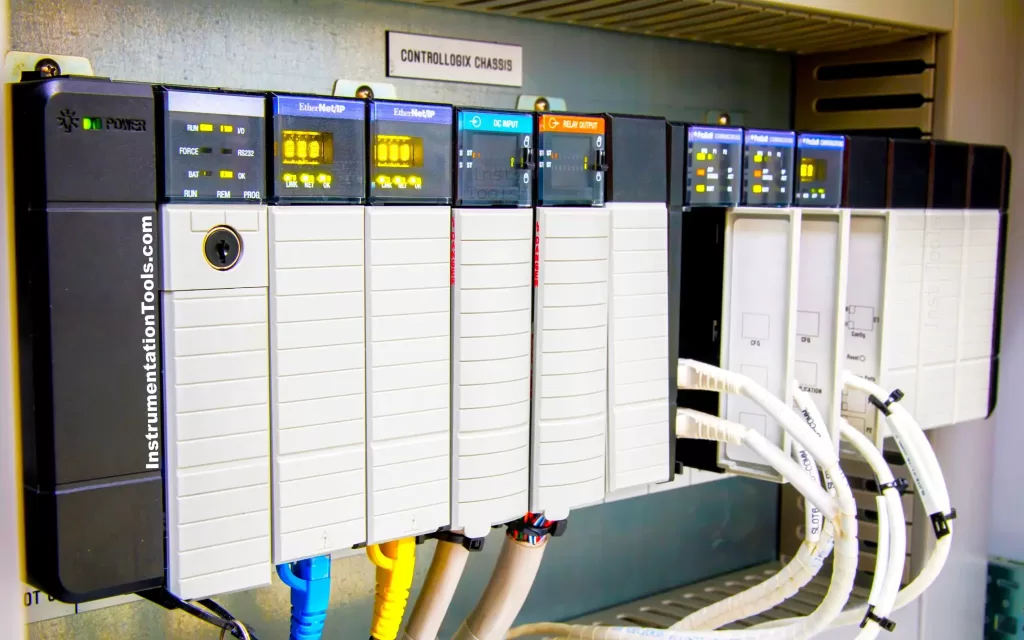When a new PLC programmer heads to a site for commissioning, the first challenge is understanding the vast and complex PLC system. Adequate planning is key. With numerous wires and devices, understanding both the PLC program logic and fieldwork is crucial.

Crucial Steps for PLC Programmers in Site Commissioning
The commissioning steps for PLC programmers:
1. Software Setup: Ensure essential PLC software is correctly installed, matching the site’s automation system. Test software and drivers for proper functionality to avoid site commissioning errors.
2. Laptop Backup: Take a final backup of your work on your laptop and validate PLC logic through simulation. This preparation is vital for a smooth site visit.
3. Site Assessment: On arrival, assess the plant’s status—mechanical and electrical work progress, utility conditions, and any pending tasks. Record daily activities to track progress and share with superiors.
4. Field IO Verification: Verify field devices are operating as per the wiring and IO list. Communicate any issues to electrical personnel for resolution.
5. Communication Devices: Check all communication devices for proper network communication with the PLC automation system.
6. Mechanical Device Testing: Ensure mechanical devices align with the wiring. Proper device operation is critical for process stability.
7. Logic Validation: Collaborate with process engineers to verify plant operations against the programmed logic. Resolve issues collaboratively.
8. Documentation and Reporting: Conclude the commissioning by saving final backups, noting process parameters, and recording plant operations. Create a comprehensive report for customer sign-off.
The main PLC commissioning steps:
- Documentation Review: Check system requirements and schematics.
- Safety Checks: Verify safety protocols.
- Hardware Inspection: Examine PLC and I/O modules.
- Power-Up: Turn on the PLC and confirm basic functions.
- Establish Communication: Set up links between PLC and the programming terminal.
- Firmware Update: Install the latest software version.
- I/O Configuration: Set up input and output modules.
- Program Download: Load the initial PLC code.
- Testing: Validate inputs, outputs, and communication.
- Loop Checks: Ensure signal integrity between field devices and PLC.
- Logic Verification: Confirm PLC functions and sequences.
- Simulation: Test complex logic with simulated inputs.
- Process Start-Up: Begin the process test run.
- Fine-Tuning: Adjust controllers, timers, counters, setpoints, and parameters.
- Documentation Update: Record commissioning changes.
- Functional Tests: Validate the entire system.
- Operator Training: Train operators on system use.
- Backup: Save the final program and configurations.
- Client Approval: Get client or project manager sign-off.
- Handover: Finalize documentation for system handover.
These commissioning steps ensure a successful PLC programmer’s site visit. If you found this article helpful, subscribe to our YouTube channel and follow us on social media for more tutorials.
 6G Controls - Leading Supplier of New & Original PLC 、DCS Parts and Automation Controller
6G Controls - Leading Supplier of New & Original PLC 、DCS Parts and Automation Controller
